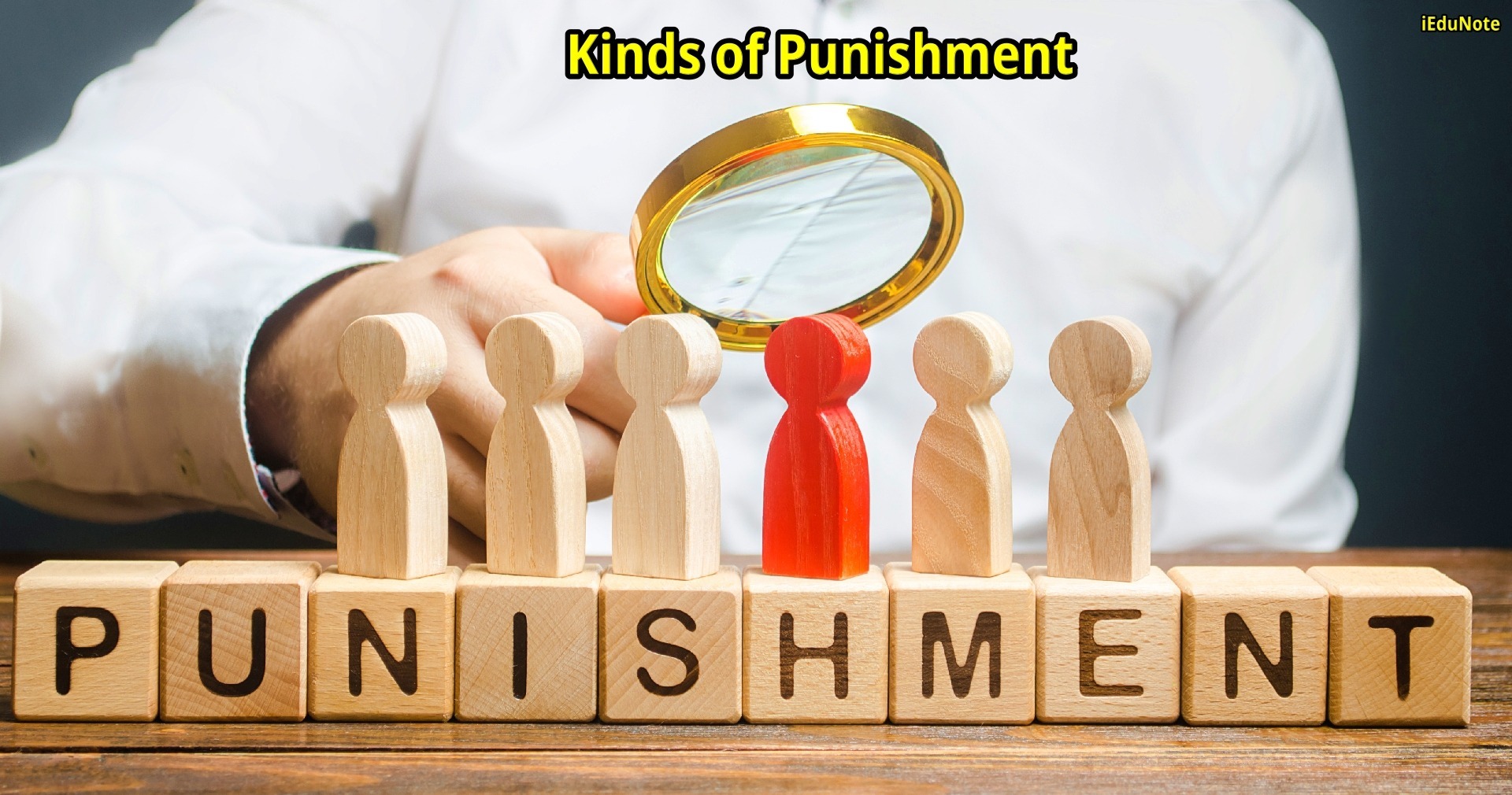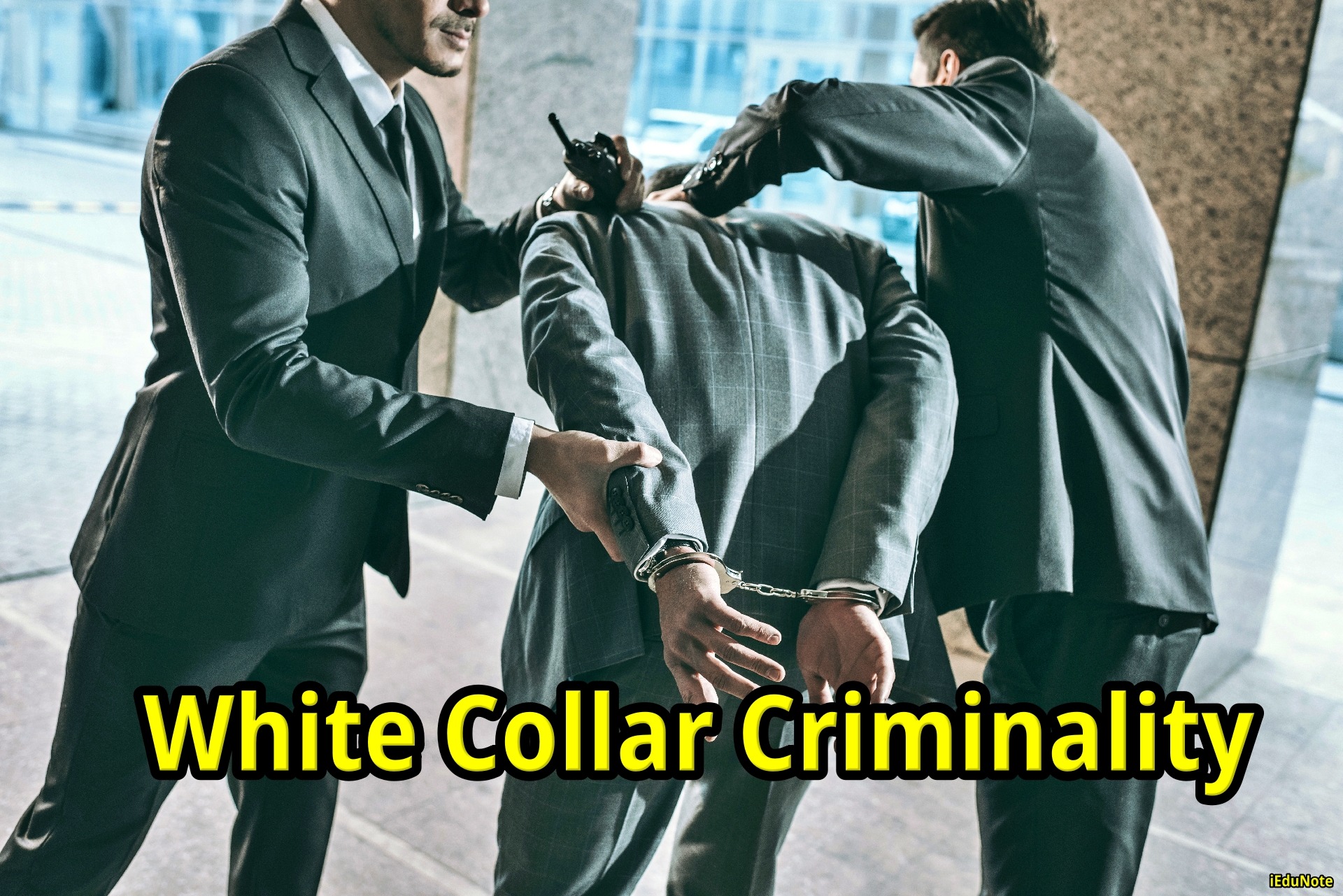In common parlance, cops and robbers are a conceptual couple; cops always chase the robbers. This was not the case until relatively recently. Criminology has shed light on the robbers for most of its history; miscreants, cops, and other components of the criminal justice system were outside its jurisdiction.
The “classical school” was concerned with establishing a reasonable and efficient criminal justice system. In the late eighteenth and early nineteenth centuries, the “science of police” flourished as a branch of political economy.
Understand the Evolution of the Police System
The Broad Concept of “Police” in Historical Context
This branch took into consideration the problem of crime and disorder and considered how to develop appropriate policies to prevent and control it. “Police” in this sense is much broader and is used to mean a whole system of governing a society by economic, social, political, and cultural policy.
The police, in our contemporary sense, are seen as a small part of the whole of domestic government and an important agency of the criminal justice system.
Modern Policing and its Social Implications
The police are a state agency mainly patrolling public places in blue uniforms, with a broad mandate of crime control and maintenance of order.
Police are assumed to be a functional prerequisite of social order, but empirical studies revealed that many societies have existed without a formal police force. Many pre-literate societies have existed, as shown by anthropological studies, without any system of social control or policing.
The studies found a close relationship between legal evolution and social complexity. “Specialized police forces develop hand-in-hand with the development of social inequality and hierarchy.” A recent anthropological study has linked the development of a specialized police force to economic specialization, which happened in the evolution of a kinship to a class-dominated society.
Origins and Evolution of the Concept of “Police”
The word “police” comes from the French and less directly from the Greek “politeia,” which means government or administration. In the eighteenth century, the word “police” was coined in France.
It is also known as constabulary, after constables, who were an early embodiment of police officers. In ancient times, the military was responsible for law and order in urban centers. Until its decline, the Roman Empire had a highly effective law enforcement system.
Clan chiefs and heads of state started policing in the early 5th century. Local lords and nobles maintained order in their lands. Sometimes, they appointed constables, often unpaid, to enforce the law.
The Birth of Modern Policing
In 1663, London hired watchmen to patrol the streets at night. It was the first law enforcement body. Throughout the United Kingdom, this type of surveillance was widespread. The Glasgow Police Act was passed on June 30, 1800. This Act established the city police of Glasgow, Scotland.
This was the first professional police organization in the country. Other cities followed this example and established their police forces through individual acts of Parliament.
The Metropolitan Police Act and Global Influence
In 1829, the Parliament passed the Metropolitan Police Act, which allowed Sir Robert Peel, the then-home secretary, to establish the London Metropolitan Police, whose members came to be called Peelers or Bobbies. It became a model for many countries, including the United States, and they founded police forces in their countries based on this model.
The Expansion of Police Forces in the United States and Abroad
In 1845, the first organized police force was established in New York City. Other cities followed this example. In Australia, there are two levels of police forces: state police and the Australian Federal Police. Brazil has two or three levels of police force. The Brazilian Federal Police and state police operate everywhere. Canada has three levels of police forces: municipal, provincial, and federal.
The Structure of Police Forces in Canada and France
Although most urban areas have the power to maintain their own police forces, law enforcement, constitutionally, is the responsibility of the provinces.
Canada’s three provinces, Ontario, Quebec and Newfoundland, maintain their own provincial police forces, namely, The Ontario Provincial Police, Sûreté du Québec, and Royal Newfoundland Constabulary. In France, the term “police” does not only refer to the forces.
It also refers to policing, the general concept of “maintenance of law and order.”
The Dual Nature of Police in France
In this sense, there are two types of police, namely administrative police and judicial police. Administrative police is concerned with preventative actions like patrols, signaling accident areas, overpowering a violent person, taking care of a lost or abandoned child, etc.
Judicial police is empowered with noticing infringements of the law, searching for the proofs and for the authors of the crime, investigation, and full power of arrest.
National Police Agencies and the UK’s Unique Structure
There are two separate national police agencies in France. Police forces are organized at the administrative districts in the United Kingdom. Certain departments of the Metropolitan Police function throughout the whole country.
Among these, the Anti-Terrorist Branch, Royalty and Diplomatic Protection Department, and certain units of Special Branch are worth mentioning.
Scotland Yard: The Icon of London’s Police Force
The new Serious Organized Crime Agency will also be a nationwide agency that will be entrusted to operate in all police areas. Scotland Yard, headquarters of the London Metropolitan Police, is often used to refer to the Criminal Investigation Department.
Named after a short street, it became London’s police center in 1829. On the embankments of the Thames, new and separate headquarters were constructed in 1890 for the Metropolitan Police and were designated New Scotland Yard.
The Diverse Landscape of Policing in the United States
In 1967, New Scotland Yard shifted to new headquarters, also in the Westminster area. The United States has various types of police forces.
Those are;
- federal police state police (often called state troopers or highway patrol);
- special-purpose district police (parks, schools, housing, transit, etc.);
- county police (sheriffs, constables, and some county police agencies),
- local police.
The Federal Bureau of Investigation and Federal Policing in the U.S.
Local policing is usually conducted at the county, city, township, or village level by the police departments. Sometimes it may be a one-person office, called the town marshal. Sometimes it may be an office of 40 thousand men and women like the New York City Police Department.
Federal police are constituted of two types of forces, namely, investigative agencies, such as;
- the Federal Bureau of Investigation,
- the United States Marshals Service,
- the Drug Enforcement Administration,
- the United States Secret Service;
- the Federal Protective Service,
- U.S. Mint Police,
- United States Park Police,
- United States Border Patrol.
Police in the Indian Subcontinent
The existence of a police organization can be traced back to ancient India, with references in epics like Ramayana and Mahabharata.
However, there were two different systems of police, one for rural areas and one for urban areas. The urban centers had their own police setup called the kotwali system that functioned until the 19th century.
Although the Kotwali system started working in the Mauryan times, a description of their activities during the Mughal period is available.
After Aurangzeb, the Mughal regime started to weaken, and British rulers took some time to consolidate their power. In the absence of any strong central power, this interregnum caused anarchy, giving birth to a variety of criminal communities.
The police of the Indian subcontinent started to function in the milieu of extensive criminal activities in the 18th and 19th centuries by a variety of criminal communities.
Charles Napier introduced a separate police organization directed by its own officers in 1843, following the model of the Royal Irish Constabulary, and this model later became the basic structure of police in Bangladesh and India.
The British Governor of Madras appointed a Torture Commission in 1854 to look into the aggravated danger of torture and recommend ways to eliminate it, resulting in a decrease in torture by revenue officials.

